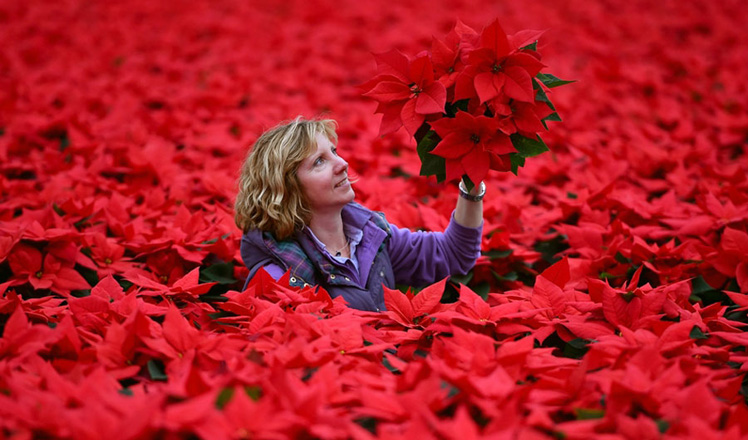A rare aloeswood museum in Beijing
Updated: 2015-12-01 08:06
By Liu Xiangrui(China Daily)
|
||||||||
 |
|
Photo provided to China Daily |
Among them The Lobster and the Crab-Trapping Baskets seems to draw the most attention. The work not only vividly depicts the crabs and a lobster crawling between two bamboo baskets, but also skilfully shows the crabs trapped in the baskets.
Because of the special texture, carving on aloeswood is more complex than on other materials, such as bamboo or horns, Chen says.
Shen, who used to be a property developer, took a fancy to aloeswood when he was young. A sharp eye for quality pieces have helped him gain a deeper understanding of the trees and expand his collection.
China's wild aloeswood trees have almost been wiped out, and they have been listed as "secondary-level protected plants" since the 1990s, Shen says.
Now a director of the professional committee of the aloeswood industry under the China Marketing Association, Shen has involved himself in the promotion of the carving culture and the protecting of such trees.
Besides promoting related knowledge and culture at his museum, Shen hopes that it can help people distinguish authentic aloeswood from fake pieces in the market.
Shen has also established a cultivation and protection base of wild aloeswood in Shenzhen, in South China's Guangdong province.
He has transplanted more than 400 saplings from Southeast Asia to the 13-hectare base in Shenzhen.
liuxiangrui@chinadaily.com.cn
If you go
10 am-5 pm, daily. 3 North Guorui Road, Dongcheng district, Beijing. 010-8719-6887.
- Largest Chinese painting exhibited in Beijing
- Taipei Palace Museum calls on Taobao to boycott copycat gadgets
- World's oldest family letters on display at Hubei museum
- British Museum puts exhibits online with Google Street View, including Admonitions Scroll
- Shrouded in heavy snowfall, Palace Museum greets a good many visitors
- Britain's Cameron says time to bomb militants in Syria
- Russia accept full suspension from athletics
- Turkish and Russian FMs to meet in Belgrade
- S.Korea, DPRK agree to hold vice ministers' meeting for improved ties
- Avoiding escalation over Russian warplane downing
- Rights panel presses US over scientists' cases
Most Viewed
Editor's Picks

|

|

|

|

|

|
Today's Top News
Chinese bargain hunters are changing the retail game
Chinese president arrives in Turkey for G20 summit
Islamic State claims responsibility for Paris attacks
Obama, Netanyahu at White House seek to mend US-Israel ties
China, not Canada, is top US trade partner
Tu first Chinese to win Nobel Prize in Medicine
Huntsman says Sino-US relationship needs common goals
Xi pledges $2 billion to help developing countries
US Weekly

|

|















